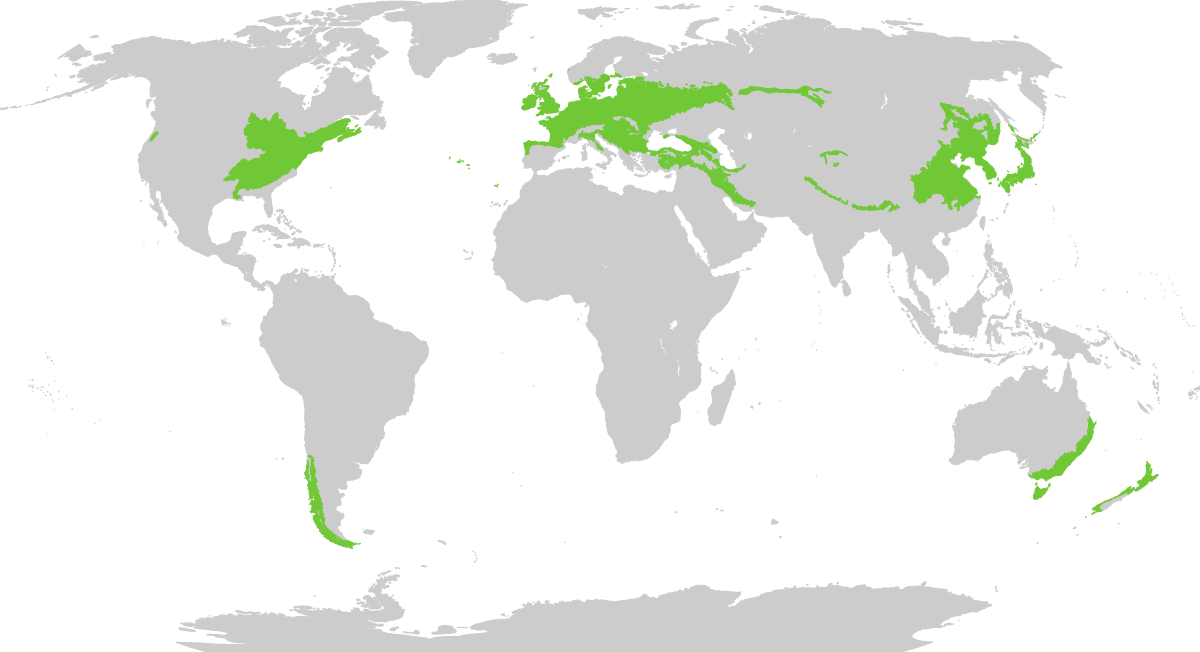Terrestrial Biomes
1/46
Earn XP
Description and Tags
Name | Mastery | Learn | Test | Matching | Spaced |
|---|
No study sessions yet.
47 Terms
What determines the distribution of terrestrial biomes?
The distribution of terrestrial biomes is primarily determined by climate factors such as temperature, precipitation, and seasonal variations, along with soil types and geographical features.
How are biomes characterized?
By distinct communities of plants and animals adapted to their specific climate.
What factors influence biome distribution?
Latitude, global atmospheric and ocean circulation, topography, and soil nutrient availability.
Where is the tundra biome found?
Polar regions
Characteristics of tundra
Long cold winters with permafrost, short growing season (~4 months), and treeless landscape with mosses and shrubs. Additionally, it has low biodiversity and limited precipitation.
Name animals commonly found in the tundra.
Arctic fox, snowy owl, caribou, musk oxen, and migratory birds.
Where is the boreal forest biome located?
It is primarily found in Canada, Alaska, Scandinavia, and Russia, characterized by coniferous forests.
What constrains plant growth in the boreal forest?
The boreal forest is constrained by short growing seasons, cold temperatures, and nutrient-poor soils.
Name key plant and animal species in the boreal forest.
Coniferous evergreen trees, moose, bears, wolves, and snowshoe hares.
What regions have temperate deciduous forests?
Eastern U.S., Europe, China, and parts of Australia.
What are the main features of the temperate deciduous forest?
Four seasons, over 1m of precipitation per year, and nutrient-rich soils.
Name some tree species found in temperate deciduous forests.
Maple, oak, birch, and hickory.
Where are temperate rainforests found?
Pacific Northwest - California (U.S.), Central Europe, and parts of Australia and New Zealand.
Describe the climate of a temperate rainforest.
Moderate temperatures with high precipitation and humidity.
What type of vegetation thrives in temperate rainforests?
Large evergreen trees, ferns, and mosses.
Where are temperate grasslands located?
Great Plains (North America), central Asia, South America, and eastern Europe.
What limits plant growth in temperate grasslands?
Hot, dry summers and cold, harsh winters.
Name some characteristic animals of temperate grasslands
Bison, prairie dogs, and owls.
In which regions is the chaparral biome found?
Mediterranean, U.S., Chile, South Africa, and Australia.
What are the climatic conditions of chaparral biomes?
Hot, dry summers and mild, rainy winters.
How are plants adapted to the chaparral biome?
Small shrubs with leathery leaves for water retention and resistance to fire.
Where are tropical rainforests located?
Near the equator in Central/South America, Africa, and Southeast Asia.
What makes tropical rainforests unique?
High biodiversity, warm temperatures, and heavy rainfall (>200-450 cm/year).
Why are soils in tropical rainforests nutrient-poor?
Rapid decomposition of organic matter.
Where are tropical grasslands found?
Sub-Saharan Africa, Central America, and parts of Asia and Australia.
What are the seasons in a tropical grassland?
Wet and dry seasons with year-round warm temperatures.
Name some typical plants and animals in savannas.
Grasses, scattered trees, giraffes, zebras, lions, and hyenas.
Where are subtropical deserts located?
Mojave (U.S.), Sahara (Africa), Arabian Desert, and Australian deserts.
What are key climatic features of subtropical deserts?
Hot and dry during the day, cold at night, with precipitation <25 cm/year.
How are plants adapted to deserts?
Succulents like cacti store water, and animals like camels tolerate heat.
Tropical rain forest
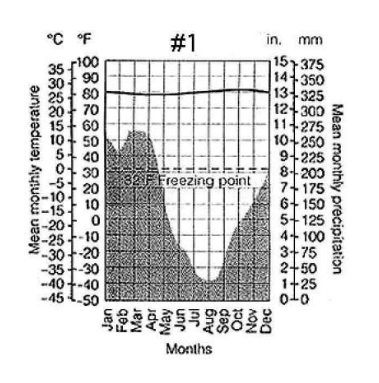
Taiga
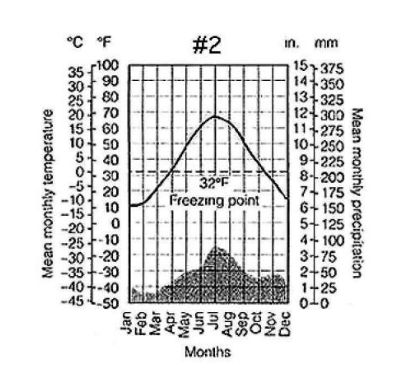
Chaparral
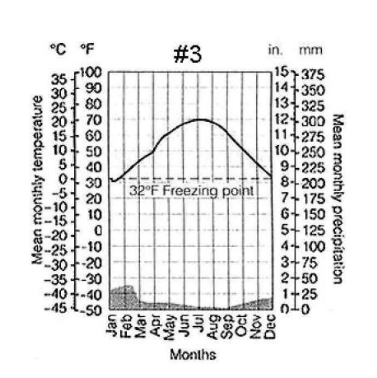
Temperate grassland
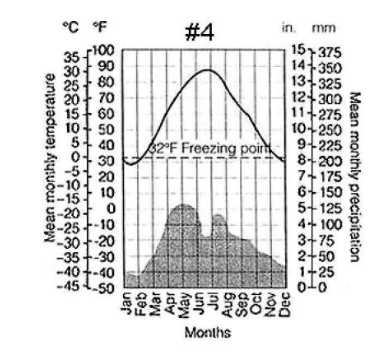
Tropical grassland
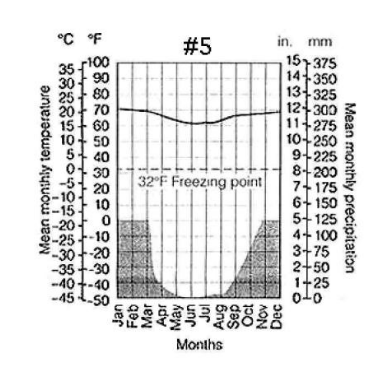
Tropical desert
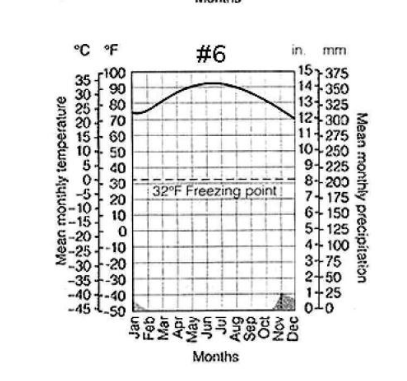
Tundra
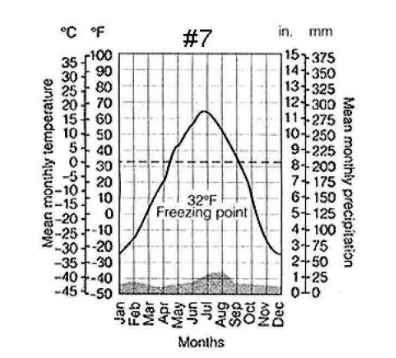
Temperate deciduous forest

Tropical grassland
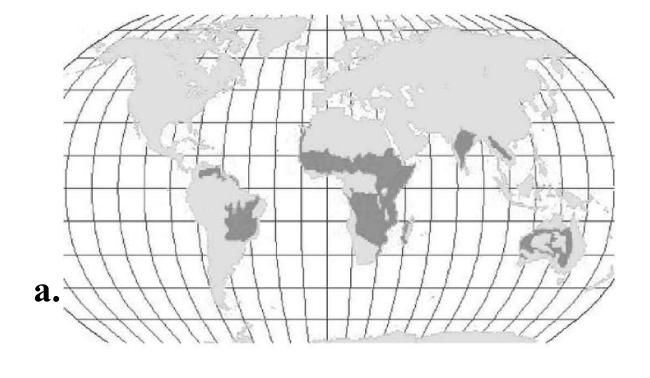
Chaparral
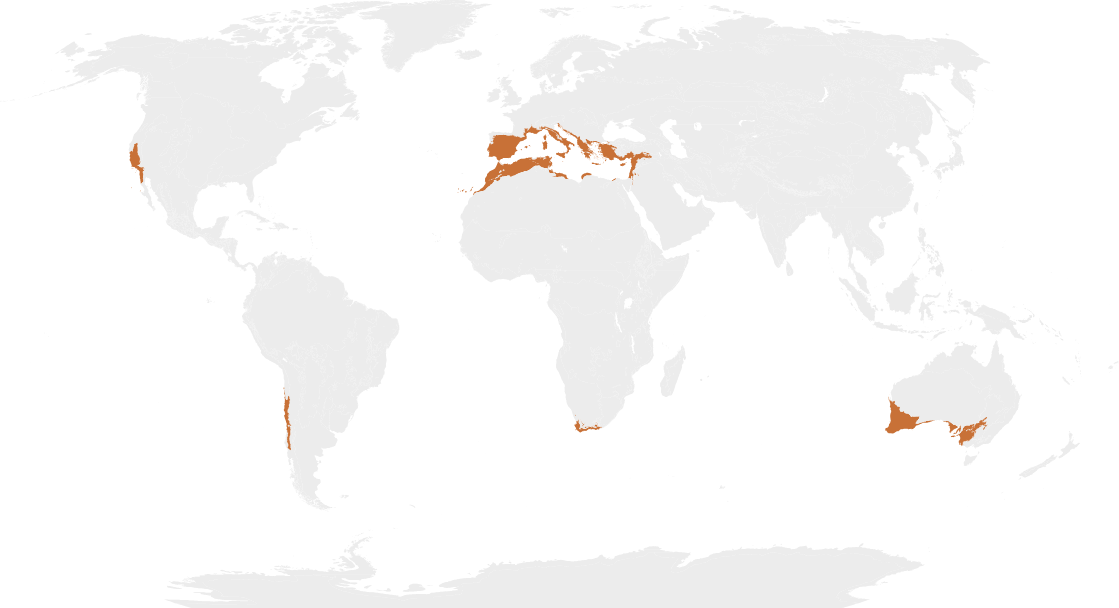
Tropical rainforest
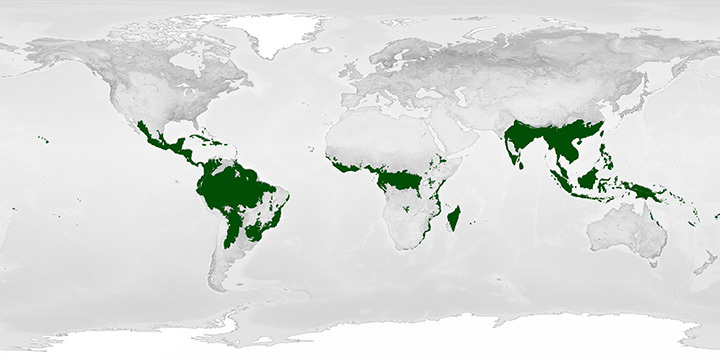
Taiga
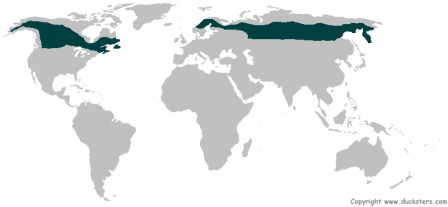
Tundra
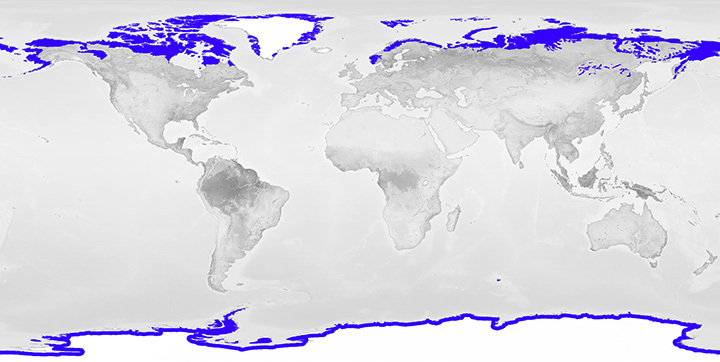
Temperate grassland
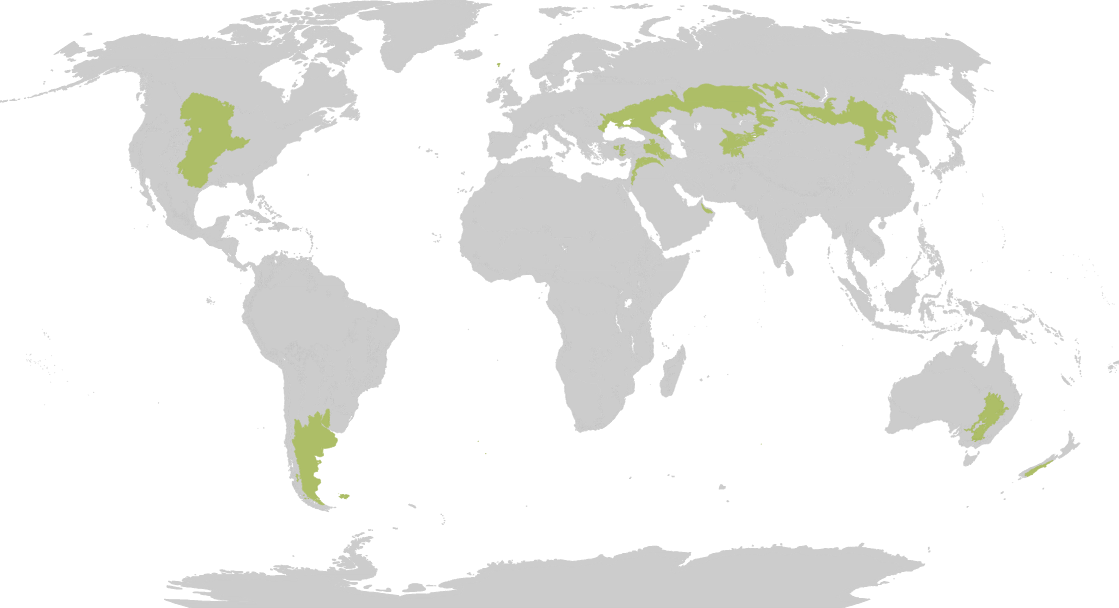
Subtropical desert (hot)
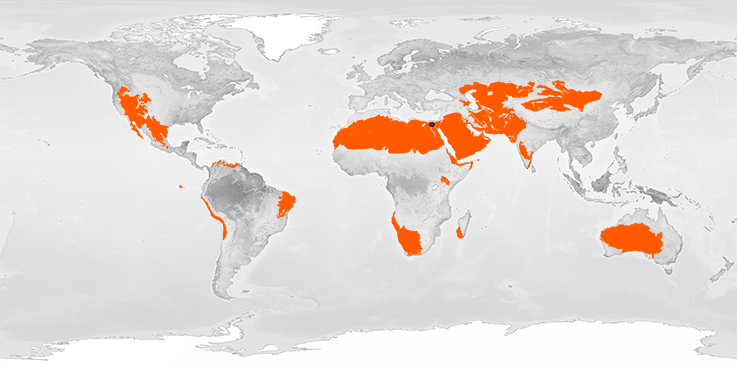
Temperate rainforest
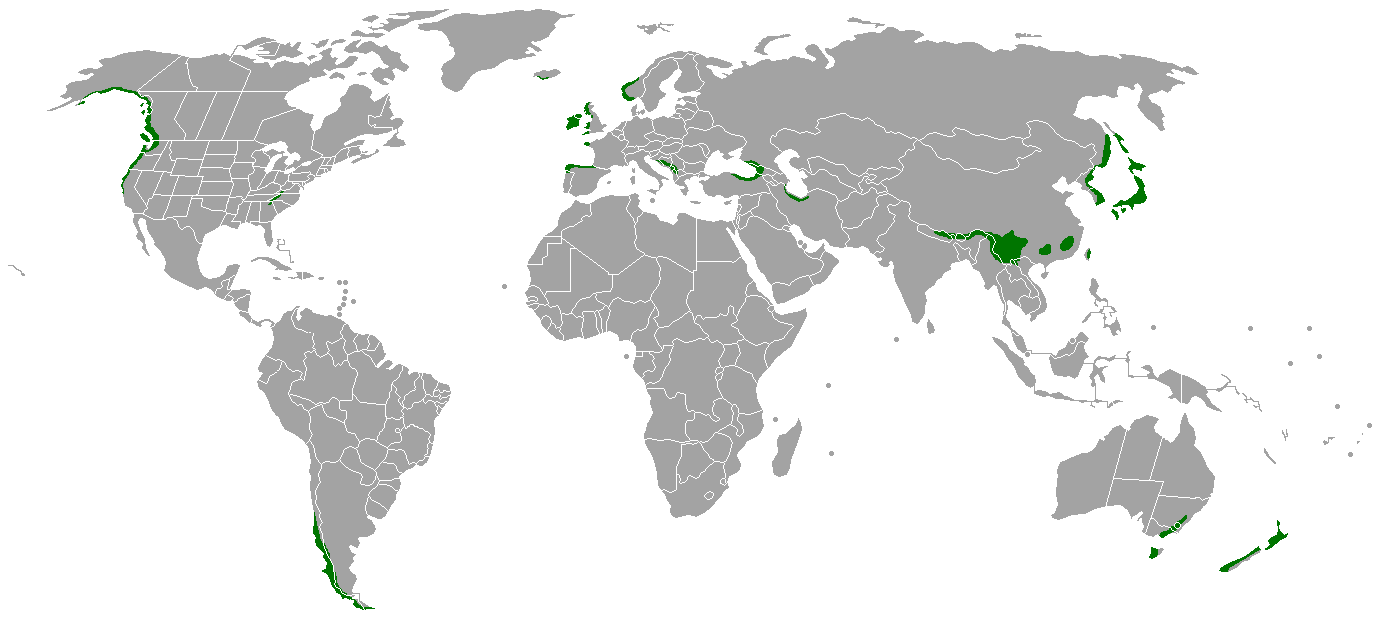
Temperate deciduous forest
